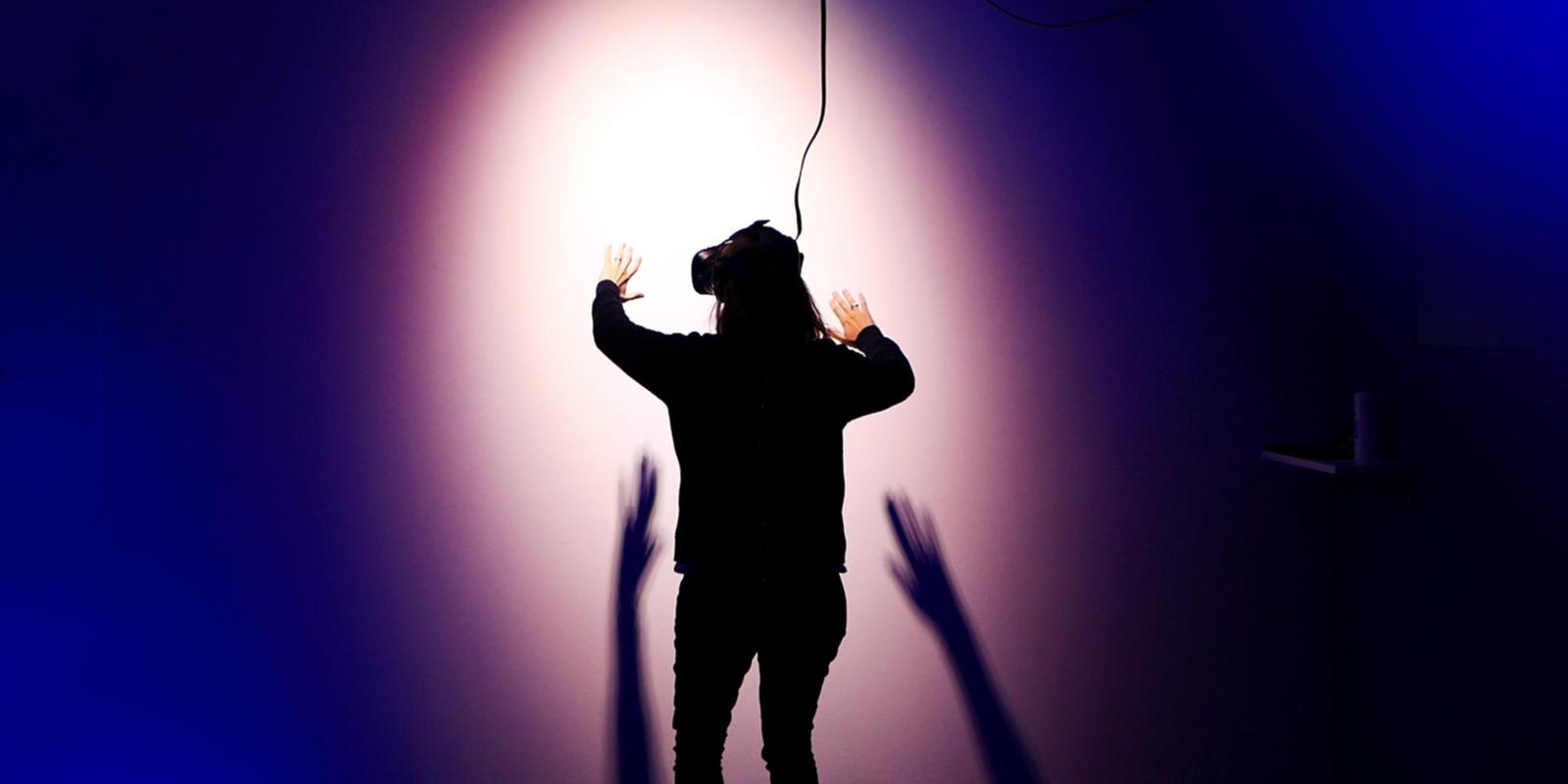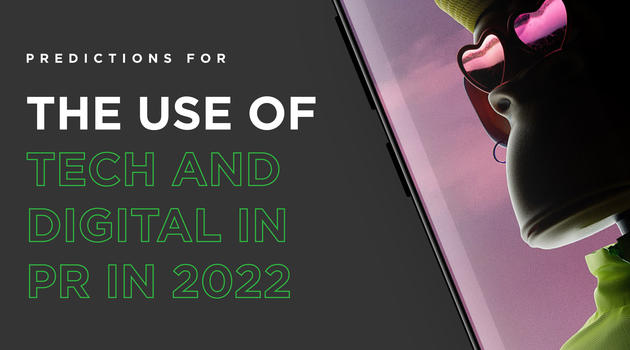Transformative Tech Trends to Watch
By Tom Carlson, Account Supervisor, Paid Digital Media
02/18/22

Flying cars, microchips embedded in human brains, autonomous drone delivery – is the future even closer than we think? While these topics have long been the focus of conversation ever since they were figments of imagination in young SciFi fans’ minds, we are now entering lightspeed (for lack of a better term) when it comes to advances in modern civilization and technology.
While we are not 100% there yet with merging man to machine, CES (the Consumer Electronics Show) offered us the first glimpse into what the future could hold. From the unveiling of Sony’s emergence into the automotive space to the VR-lined hallways of the Venetian, there was a lot to take in at the world’s large tech conference that will transform our lives for years to come.
As we’ve entered the back-half of Q1, we’ve already started to see some new technologies and products rolled out in beta for actual use, and we’ve been able to understand how the general public perceives these advances.
Here are Zeno’s key emerging tech trends to get ahead of now:
- IOT Continues to Dominate. The new adaption of IOT (Internet of Things) is leading the charge in making everyday household items smarter. While there are clearly some amazing tools out there that have an opportunity to reshape how we live our lives, is it always necessary? Time will tell. Two of our favorite examples include:
- Littleone Inc.’s Smart Bottle tracks and manages nutrition information and feeding cycles for each stage of child development. The added convenience will no doubt justify the increased price tag compared to a regular baby bottle for busy parents.
- On the other side of the spectrum, YogaFi’s Intelligent Yoga Mat syncs with a smartphone app and pairs with a monthly subscription service to automatically recommend personalized wellness programs based on AI learnings through pressure sensors embedded within the mat. Undoubtably impressive, but will it catch on?
- Reality Gets Redefined. Not to get all meta on us (see what I did there?), but the emergence of real-world interactions taking place in digital environments is only going to increase. What we are seeing is a brand-new state of living: merging the benefits of the real world (tangibility, expression, etc.) with the convenience of augmented and virtual reality. There is a simple formula for this new state: IRL+AI+AR+VR= Integrated Reality (IR).
- The last few years have marked the decline of brick-and-mortar shopping and a shift toward online retail and direct-to-consumer platforms. The current bland click-to-cart experience will soon be transformed into fully immersive, direct-to-avatar e-commerce experiences.
- Consuming entertainment will also change dramatically. Forget paying high ticket prices for stadium seats to watch your favorite NBA team, you can now sit “courtside” on your couch. And instead of listening to Oasis: Live at Knebworth on Spotify, fans can travel through space and time to relive the experience with a backstage POV.
3. Smart Home Innovation Leads to Smarter Marketing. Similar to the advances of IOT and interconnectivity between devices, advances in our homes over the next few years will drive a dramatic shift in consumerism. All of this leads to less human-centric marketing and instead favors algorithm and AI factors.
- Smart appliances ranging from refrigerators that detect empty shelves and automatically order groceries for delivery, to showers that automatically hit a desired temp with the swipe of a hand, will undoubtably make our personal lives more simplified. Understanding how to win over smart appliances to order your brand over your competitors is a new playing field for digital advertisers.
- The progression of Voice Technology over the past few years has been by far one of the greatest we’ve seen in consumer tech. No longer is Siri the only AI assistant in the home. Everything from voice-controlled TVs to smart speakers tap into this passive and active listening in efforts to simplify experiences. Commands have changed from one dimensional, to intent-driven and conversation-like, which in the end, opens countless possibilities for influencing consumer behavior.
We are poised to experience some massive technology shifts this year and beyond. The signs are pointing to a simplified consumer experience where brands have the opportunity to interact with their audiences in never-before-seen ways.
Our job as marketers will also shift – the line between human intent and AI has never before been more blurred. Keeping the right objectives in focus will make or break our impact.


